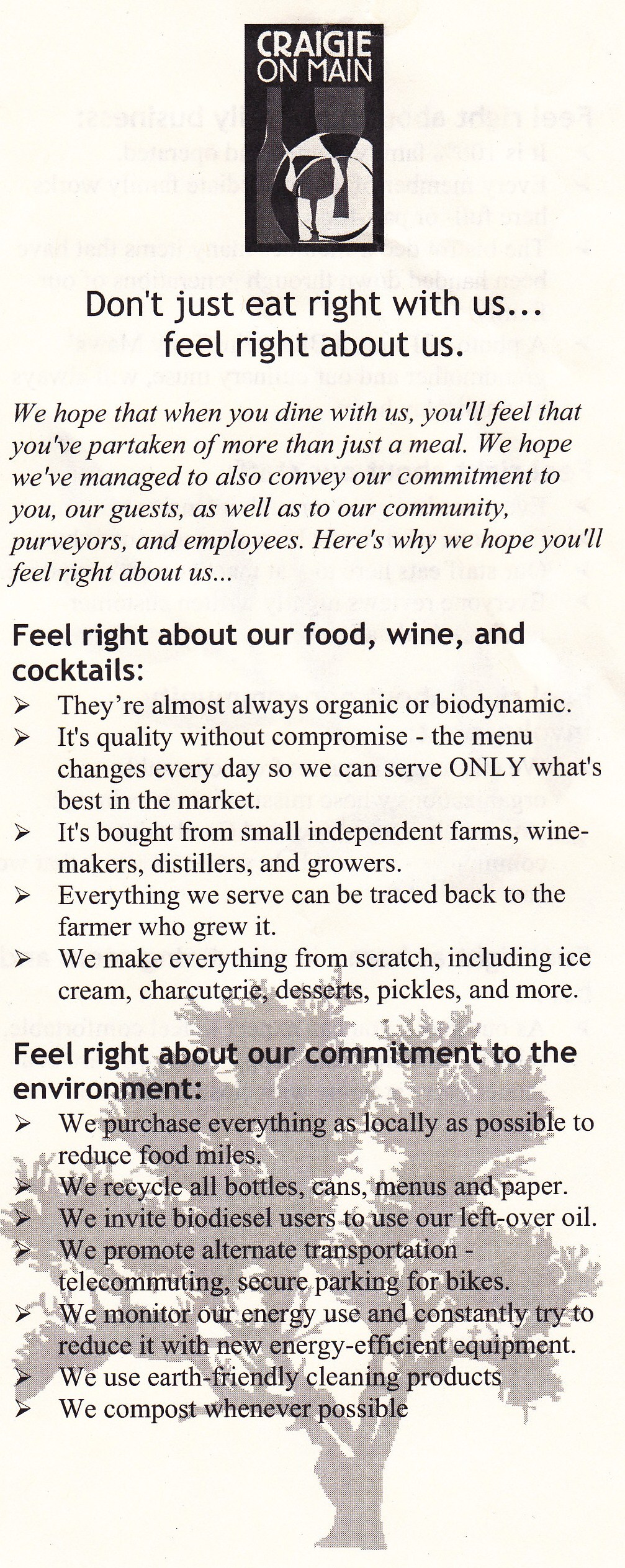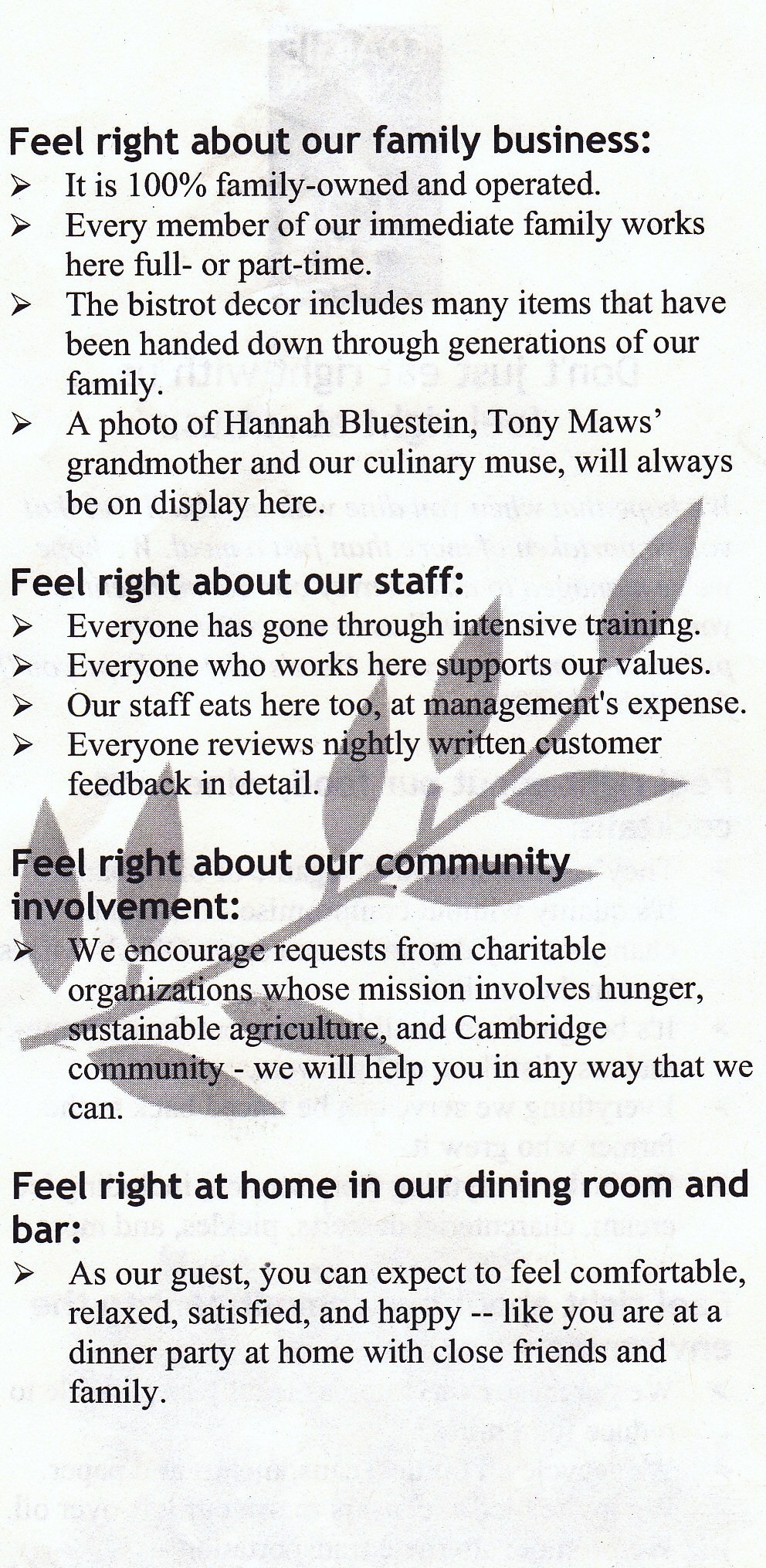A Little Less Conversation, A Little More Action Please
/This time around I want to share some thoughts and ideas that came up for me this week about CSR and the conversations we have about it (and as a preview, if you keep reading, you'll get to hear what Elvis Presley thinks of sustainability). The other day I had the chance to sit in on a conference call and presentation hosted by the Stanford Graduate School of Business Office of Executive Education and their Business Strategies for Environmental Sustainability (BSES) program. Part presentation and part sales pitch for the upcoming BSES in October, the webinar entitled "Sustainability Matters" was hosted by Professor William Barnett, Senior Fellow at the Woods Institute at Stanford and Director of the BSES program.
Professor Barnett started out with a discussion of the Kuna Indian Nation living off the coast of Panama. According to Barnett, the Kuna demonstrate the harmony that can exist between indigenous people and their natural environment. They've lived a seemingly isolated existence in which they've developed incredibly sustainable farming practices without influence from the outside world.
Over time, the Kuna Indians that used to live in the interior country have started moving towards the coast, and although we might assume they continued with their sustainable ways, that turns out to not be the case. Instead, it appears the Kuna have been using the water along the coast as a virtual dumping ground, badly damaging the coral reefs and coastline. Barnett made the point that the Kuna serve as a perfect example that sustainability is not "one size fits all" - that is, what works in one place, or organization, or Indian Nation, might not work in another.
He then went on to give a quick overview of 3 important constituencies - businesses, environmental NGO's, and governments - and the role that each plays in the sustainability conversation:
Business: Traditionally, sustainability (and CSR in general) in business has taken on a compliance function: making sure we stay out of trouble - a view that Barnett said ignores "potential for Triple Bottom Line opportunities". While it doesn't always directly pay to be green (that is, moving beyond the "low-hanging fruit" cost cutting measures that help the environment and save money), there are indirect benefits to these types of behaviors (ie: responding to consumer demand for environmental and social responsibility on the part of business). What's really interesting here, Barnett pointed out, is that "it would be a disservice to assume that they [business and environmental goals] go hand-in-hand". They are not always complimentary and trade-offs are common and inevitable.
Environmental NGO's: Barnett said these types of organizations (including Sierra Club, World Wildlife Fund, Environmental Defense Fund) have gone through a "pragmatic shift" over the last decade - moving from aggressive activist to partner with business. Traditionally some of these organizations worked as antagonizers, but they are now learning when to fight and when to cooperate. Barnett said these organizations serve four main purposes: 1) helping consumers distinguish between "greening" and "greenwashing"; 2) creating and supporting certification programs and standards that showcase real environmental change; 3) educating business and consumers and raising awareness; and 4) working with government and regulators to develop solutions, identify constraints, and create change. In essence, these NGO's are the middlemen that bridge the gap between business and government in sustainability.
Governments: Like compliance in business or activism in NGO's, the traditional role of governments in sustainability was all about regulation. Today, Barnett said, governments are looking for ways to "harness markets to solve social problems". In many ways, environmental solutions (like cap and trade, solar power, ecotourism, and others) have become the source of new markets by providing incentives for technological innovation that's good for the environment.
After a couple of questions from the audience, the call ended - and while it was an interesting overview of the topic, I was left, truthfully, feeling a little deflated. Sure - what Barnett said made sense, and for folks looking for a primer on sustainability, it wasn't a bad intro.
But I couldn't help but channel a little Elvis Presley and think to myself:
I know it's a little off-base but my point for bringing Elvis into this whole thing (beyond listening to some fun music) is this:
I've attended a lot of these sustainability events, and sat in on a lot of these calls, and finally gotten to the point where I'm hearing the same thing over and over again. After talking to a few of my friends in CSR and sustainability, they agreed with me. Together, we wondered: at what point does the conversation around sustainability strategy and execution actually become an action plan? How can we dive below the 30,000 foot view, to stop just talking about it and start doing it?
What's interesting about this is that in some ways it showcases the problem that everyone's having with sustainability. Sure, some people have been working in CSR for decades so they're already "in the know". And while I haven't been involved myself for too long, I've taken proactive steps to immerse myself in these issues and drill down quickly. But in many cases and for many people, the conversation is so new, and the territory in some ways is so uncharted, that people and organizations aren't acting as boldy as they should because they're waiting for everyone to get on board. The priority right now is conversation and making sure we're all on the same page. Thus, conversations like the one Barnett led are important first steps in engaging a wide and broad audience.
And yes, we do want this wide and broad audience to be involved and engaged - so I guess I can be a little more patient while the conversation slowly progresses forward. Change is slow, and talking about why we should change is even slower.
In the meantime, though, I don't think I'll be signing up for another webinar any time soon.



